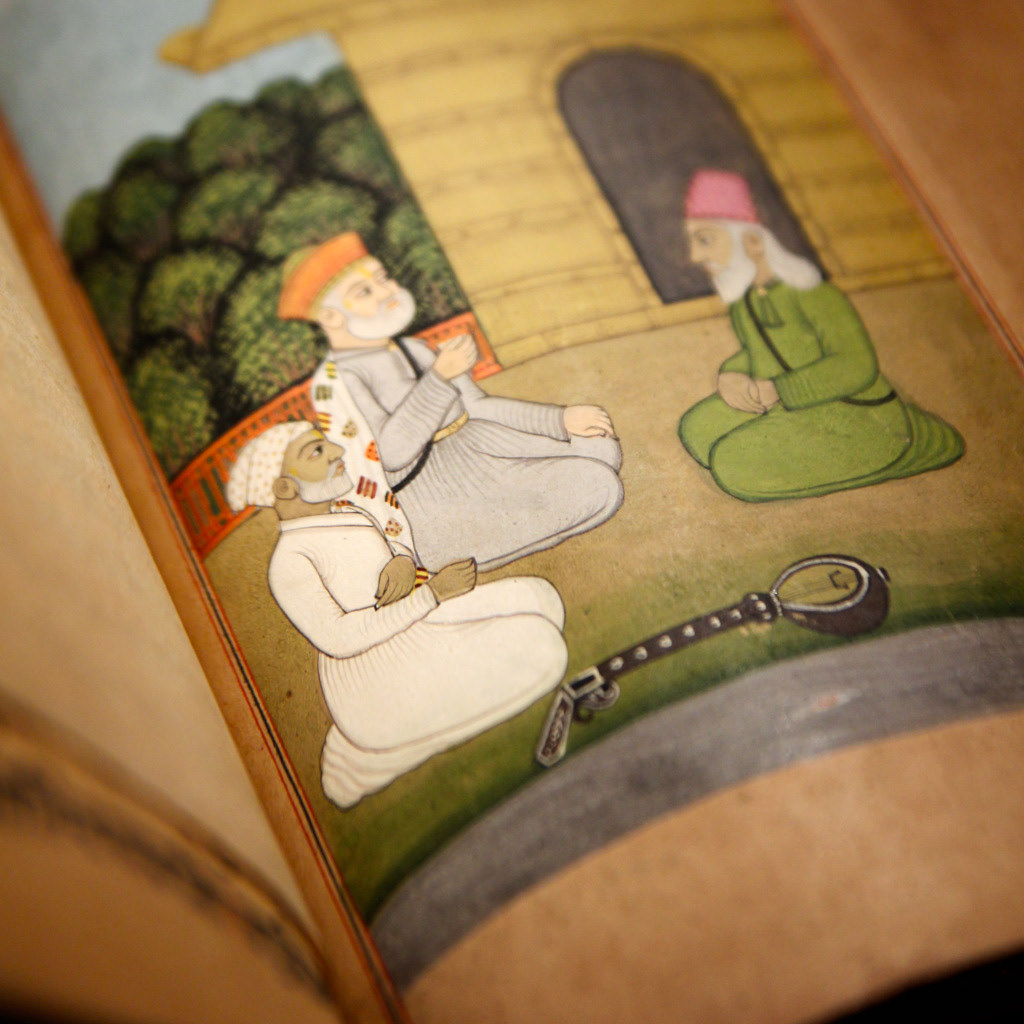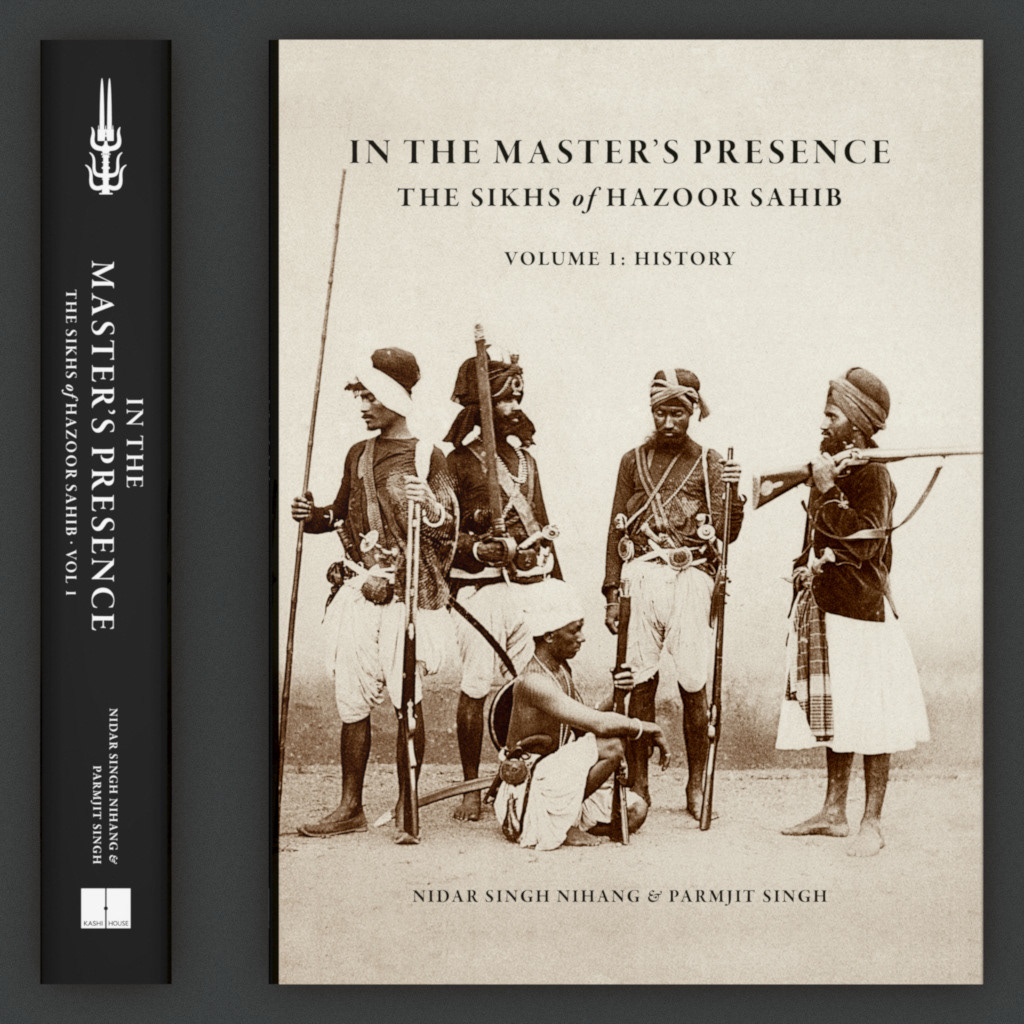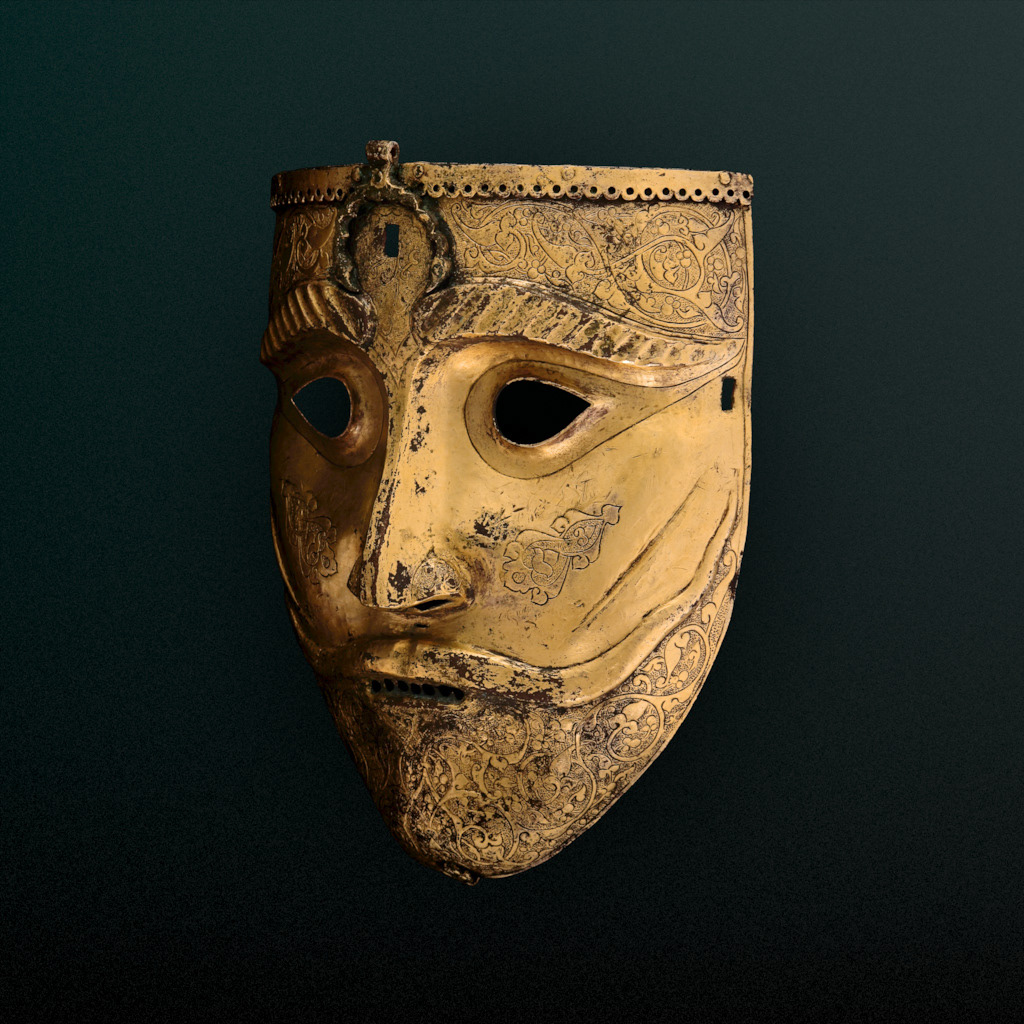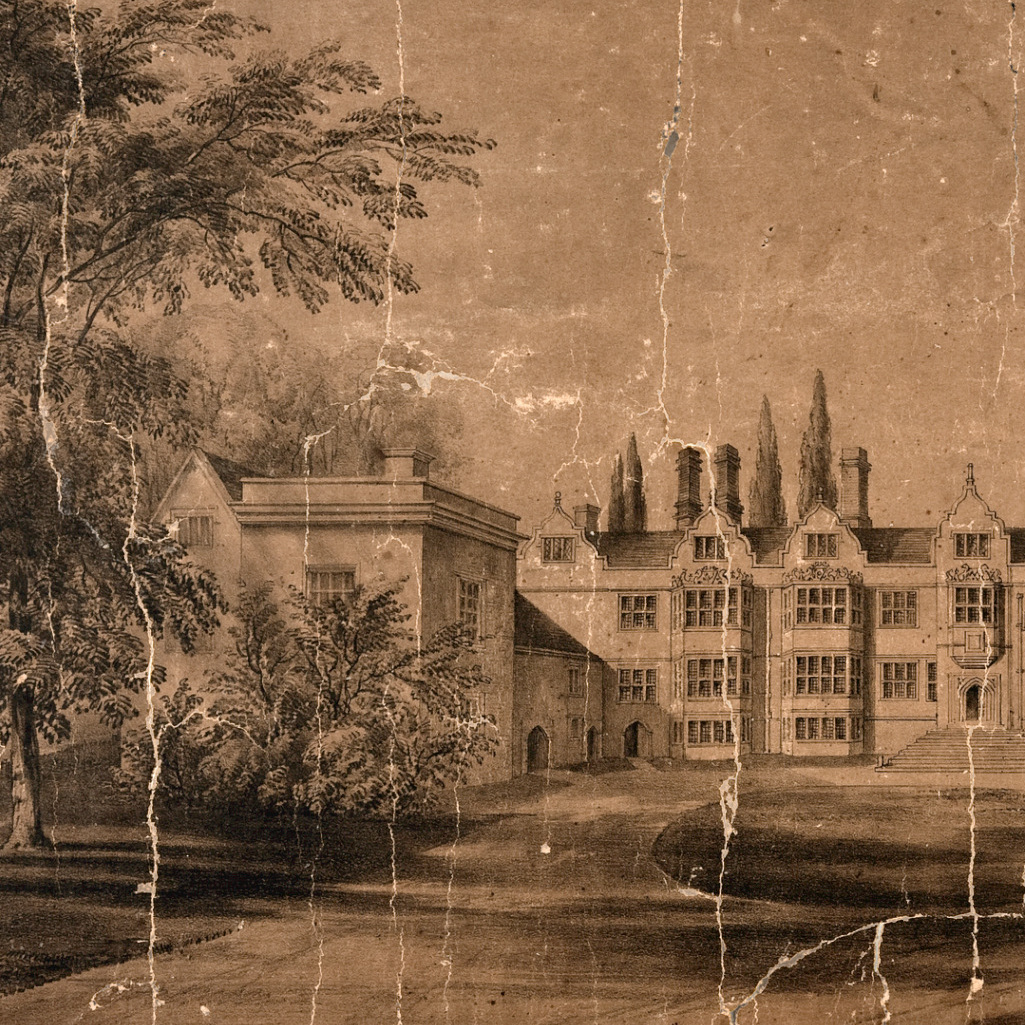Double fronted cover: Spine, front, fore-edge and back
An aesthetic decision was not to repair, recompose or alter the original image; to design a layout that valued genuine authentic moments. To embrace the condition of the image, as an integral part of its value.
Sri Satguru Partap Singh Ji was the 14 spiritual leader of the Namdhari Sikh sect. An advocate of organic farming, sanctity of all life and a lover of Indian classical music…
‘When I began compiling the material for this book over fifteen years ago, I could not possibly have conceived it turning out the way it has…'
Background
Released on the 50th anniversary, a bilingual commemorative publication of over 400 historic photographs of Sri Satguru Partap Singh Ji. Capturing his footsteps across India, Thailand, Singapore and East Africa during the defining years of Independent India.
Sri Satguru Partap Singh Ji was the 14 spiritual leader of the Namdhari Sikh sect. An advocate of organic farming, sanctity of all life and a lover of Indian classical music he established ‘Namdhari Sangeet Vidyalaya’, which now boasts generations of classical music maestros that can be heard playing throughout the world.
The sect were at the vanguard of applying non-cooperation and non-violence boycott in order to combat the British Empire in India. Namdhari’s today are instantly recognisable for their distinct homespun white cotton classical turban and attire.
The author Harjinder Singh Kanwal gathered the archive over fifteen years. Initially from collecting images taken from his fathers photographic studio in Nairobi, Kenya and then reaching out to the Namdhari communities across the world.
An aesthetic decision was not to repair, recompose or alter the original image; to design a layout that valued genuine authentic moments. To embrace the condition of the image, as an integral part of its value. The accompanying bilingual captions were positioned subservient, with images numbered only when unavoidable.
Outcome
The book was launched on 15th October 2011 ‘Asu Da Mela’ Sri Bhaini Sahib, Ludhiana, India. Shortly after the book was distributed from centres in the UK, USA, Thailand, Singapore, Kenya and Australia. The final book totalled 446 photographs, with a page count of 368. Printed on 170gsm matte art paper in metallic gold & black ink.
The author wrote: ‘When I began compiling the material for this book over fifteen years ago, I could not possibly have conceived it turning out the way it has. The credit for turning my copious research (comprising ten lever arch files full of photographs and handwritten captions) into the superbly designed tome you are holding goes entirely to the efforts of one man, Sardar Juga Singh.’ (p.x)










